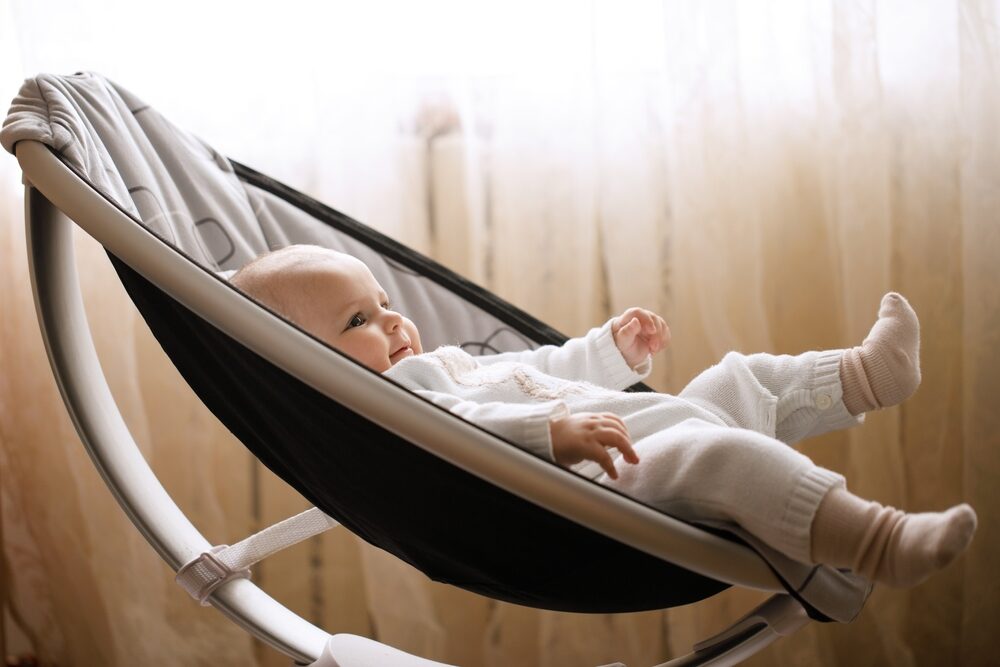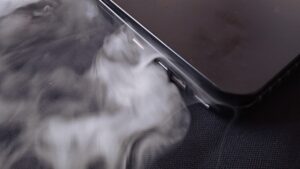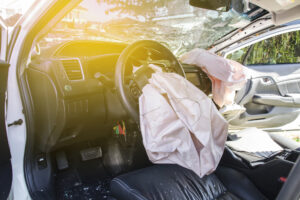
When you shop for your children, you assume the items marketed toward them are safe. But recalls for children’s products are on the rise, and a new report found that there were 100 recalls of products for children last year in the U.S. — the highest number of recalls since 2013. Some products are recalled because of the potential for minor injuries, while others are pulled from the market after causing serious injury or death. The increase in recalls is concerning. Many products aren’t recalled until after they’ve caused harm, leaving families to reckon with the unexpected trauma of their children being injured. It’s essential to contact a product liability attorney if a product has injured you or your child.
The U.S. Consumer Product Safety Commission (CPSC) handles product recalls, but the agency relies on the manufacturers behind faulty products to cooperate with voluntary recalls. To force a company to recall a product, the CPSC must sue them and wait for the case to play out in court. In the meantime, the agency can warn the public against using the affected products. Several CPSC court cases have involved children’s products. In 2021, the CPSC took Amazon to court for refusing to recall dangerous products, including children’s sleepwear garments. Last year, the agency sued baby brand Leachco after the company failed to recall a lounger involved in two infant deaths.
Products for children 12 and younger must meet federal safety rules before release. They must undergo third-party testing and produce a certificate confirming that the products comply with safety rules. Even with these precautions, manufacturers sometimes take shortcuts and do not test products as extensively as possible. An example is toys, which injure children more frequently than you may realize. In 2017, there were 251,700 toy-related injuries treated in emergency rooms across the country.
Types of Product Defects
Many things can go wrong, from when a product is designed to when it’s sold to consumers. Defective product lawsuits usually fall into three categories: manufacturing defects, design defects, and failure to warn. Design defects occur when a product is inherently flawed from the start and dangerous because of its design. Manufacturing defects happen when something goes wrong during production that damages the product. Manufacturing defects often lead to voluntary recalls of specific lots or batches rather than every product being taken off the shelves. “Failure to warn” cases center on the marketing surrounding a product. If a company doesn’t inform consumers of a product’s potential risks, they may be liable for failure to warn.
Some typical children’s toy defects include:
- Flammable children’s clothing
- Small toy pieces that can break off
- Toys with strings or rope
- Magnets that can be ingested
- Baby products that aren’t safe for sleep
- Toys containing chemicals like lead
- Sharp edges that can cause wounds
Some of these defects might cause minor injuries, like bruises or scrapes. In other cases, the injuries can be deadly. Unintentional accidents are the leading cause of death for children under 14. Suffocation and choking can result from defective and dangerous toys, which have fatal complications. Parents may feel guilty and wonder what they could’ve done differently if a toy seriously injures their child, but the manufacturer is often the one who’s at fault.
Notable Product Recalls
Mattel: In 2007, the toy company recalled 19 million toys manufactured in China. The toys were recalled for lead paint and for containing small magnets that could harm children if swallowed. The company later agreed to settle lawsuits for about $50 million.
Fisher-Price: In 2019, the company recalled millions of Rock’ n Play Sleeper products. Babies could roll over in the infant sleeper, leading to asphyxiation. The infant lounger is linked to more than 100 deaths. Several families have sued the brand for not recalling the products sooner.
Target: Last year, the retailer recalled 204,000 children’s weighted blankets after two children died while using the product. Children could unzip the blanket and become trapped inside, which can lead to asphyxiation.
Epoch Everlasting Play: The toy company recalled 3.2 million animal sets sold with small pacifiers and bottle accessories in March. The recall occurred after two children choked to death on the toy pieces.
Finding A Louisiana Product Liability Lawyer
Has a defective product injured your child? If so, you should contact a product liability lawyer to discuss your options. With the number of recalled children’s products on the rise, it’s unfortunate that more children are at risk of injury. You need an attorney who knows how to take on the manufacturers and distributors who should’ve stopped the defective product from ever hitting the market. Our Louisiana product liability attorneys have fought for clients in Louisiana and beyond for decades. Call Herman Herman Katz at 844-943-7626 or contact us online for a free case review.

Jed Cain is a partner with Herman, Herman & Katz, LLC. He has dedicated his career to representing injured folks and their families.














Comments for this article are closed.